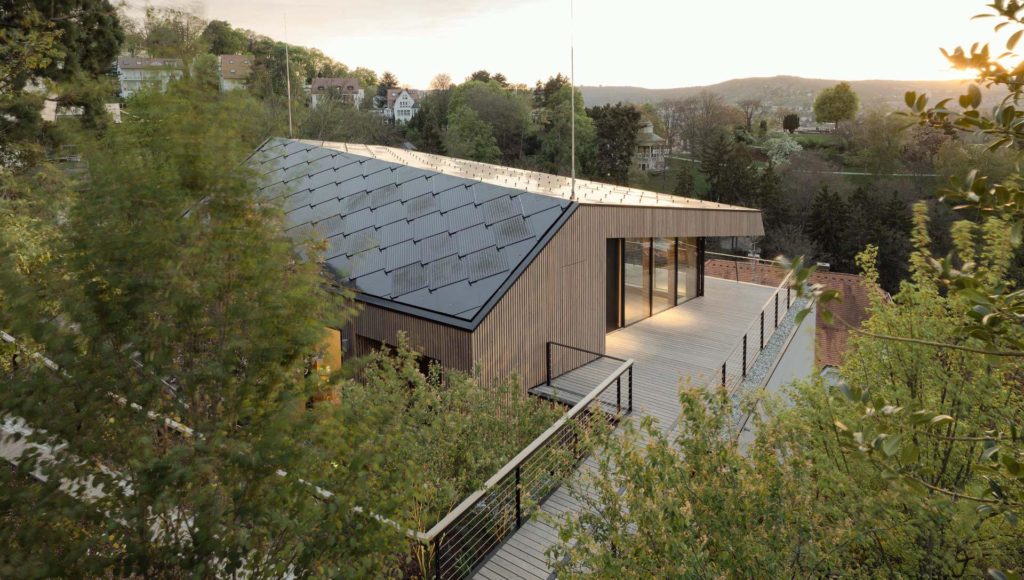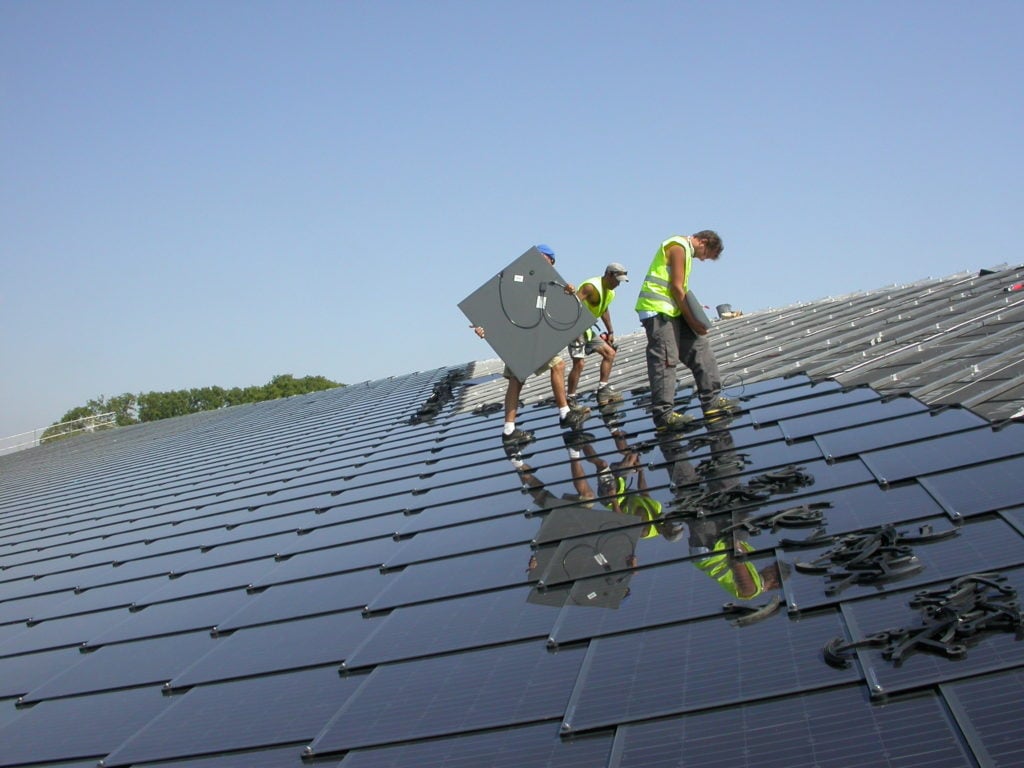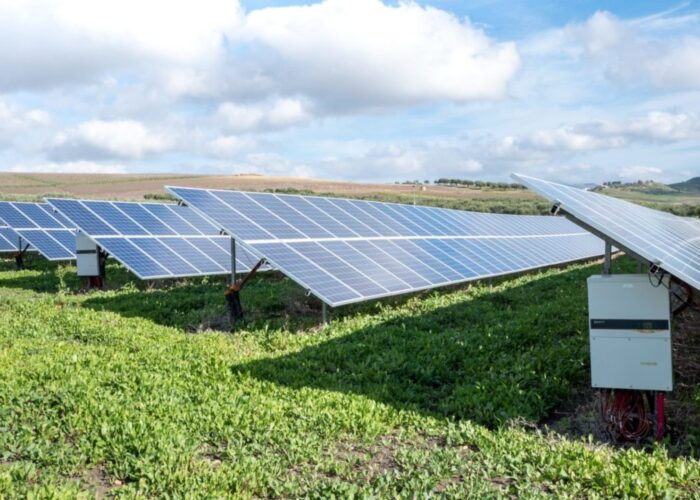
Building-integrated photovoltaics (BIPV) have a host of potential benefits. The technology promises to camouflage seamlessly into a structure’s design while generating power for the user. Their widespread adoption, however, has been hamstrung by high prices and issues with scalability.
But Gene Rosendale, CEO of BIPV company SunStyle, believes the time is right for his company’s technology, called ‘dragonscale’, in the US given the country’s appetite for solar, the strength of his firm’s product and recent investments SunStyle has made into its supply chain infrastructure.
Unlock unlimited access for 12 whole months of distinctive global analysis
Photovoltaics International is now included.
- Regular insight and analysis of the industry’s biggest developments
- In-depth interviews with the industry’s leading figures
- Unlimited digital access to the PV Tech Power journal catalogue
- Unlimited digital access to the Photovoltaics International journal catalogue
- Access to more than 1,000 technical papers
- Discounts on Solar Media’s portfolio of events, in-person and virtual
Why opt for BIPV?
The appeal of the technology is clear – they are aesthetically appealing with a sleek design that resembles interlocking scales, hence the dragonscale name, while also generating power for the building. SunStyle’s technology is also electronics agnostic, meaning it can be integrated with various different electrical components from any manufacturer, and can be linked up to a battery energy storage system (BESS).
But there have been persistent issues around the high cost and issues with scalability impacting the economics of BIPV. Tesla’s much vaunted rooftile has been beset with issues and has yet to meet expectations nearly six years after its initial launch.
Rosendale, however, is confident that, after a number of pilot projects in Europe, the time is right for SunStyle in the US. Its dragonscale technology has passed all the required US roofing tests, such as protection from hail and fire as well as insultation assessments, and SunStyle has been building out its supply chain and business infrastructure.
The shingle is built around a standard silicon solar cell, with a layer of glass sat atop that is covered in an anti-glare coating. They are arranged using SunStyle’s overlapping diamond structure that is designed to protect against the elements. More than 90,000 of the shingles have been deployed in Google’s new offices in Mountain View, California in SunStyle’s flagship US project.
“Our business model is to design a product and it’s installation method, and then to work with resellers so that they install this to their customers,” Rosendale explains in an interview with PV Tech.
The roof has a 25-year warranty, in line with industry standards, although Rosendale expects it to last longer than this, while the solar shingles are performance guaranteed. After 10 years, its performance will drop to 90%, moving down to 80% after 25 years, which Rosendale says remains above current industry standards.
While it would be cheaper to install solar modules on an existing roof, when a new roof is required, SunStyle’s product comes into its own, says Rosendale.

A question of cost
SunStyle’s roof costs between US$36-US$41 per square foot. On top of that, there is a US$1.05 extra charge per Watt. The shingles can either be active or inactive – i.e. they either generate power or not – explains John Reed, chief technology officer at SunStyle. Customers could choose to have a roof that generates no power whatsoever, or one in which every shingle is absorbing the sun’s energy, for example.
“You’re not only paying for a premium roof, but also the power generation that it brings,” says Reed, adding that the exact economics of the project will be impacted by the customer’s desired design, climatic conditions, architectural factors and more.
For residential, commercial or industrial customers who want a new, high-end roof as well as the power generation aspect it brings, a dragonscale roof is an attractive option, Rosendale says. “That’s when the conversation becomes interesting,” he notes, “and that’s where we get the interest from architects, roofers and solar installers.”
And there is certainly a big market for new roof construction in the US. According to Rosendale, there are around 10 million re-roofs per year residentially in the US, with 1.5 million new residential installs and about 300,000 commercial re-roofs a year.
In order to address some of the issues that have hindered other BIPV outfits, SunStyle has been steadily investing in strengthening its supply chain and scalability, say Rosendale. The company has accumulated enough inventory to supply all of its 2022 projects, meaning it can deliver in a matter of a week or two anywhere in the US, and has invested in hiring and training to ensure customer service
“We believe that the US is now ready to embrace this while I think it would have been questionable much earlier on,” says Rosendale, adding that this is why SunStyle decided to focus on the more “solar friendly” environment of Europe.
He says lessons learnt from its projects across Europe have stood SunStyle in good stead for capturing more of the US market. With a niche market, experienced team and an attractive product offering, he is confident that SunStyle can succeed where others have stalled.






